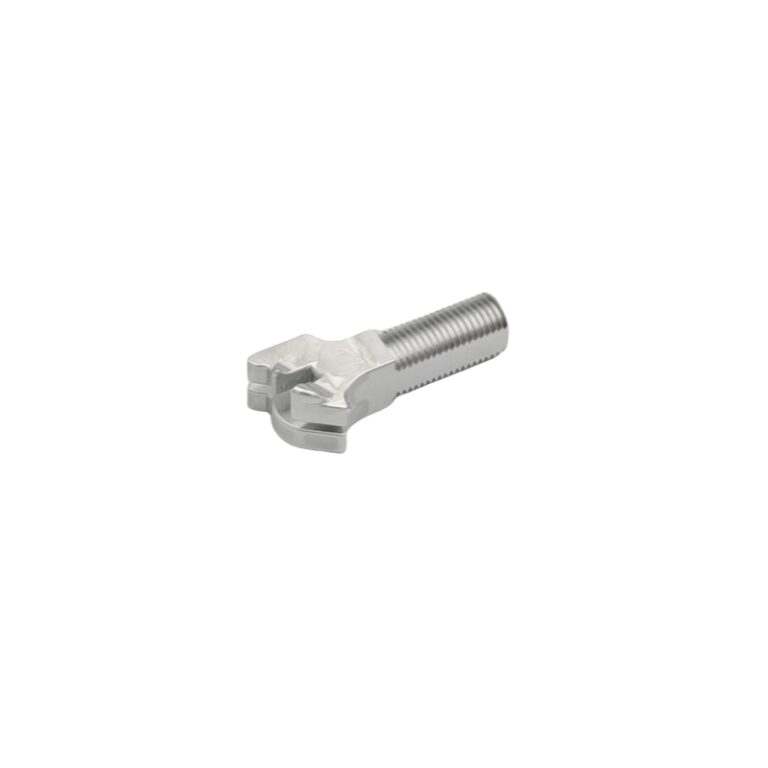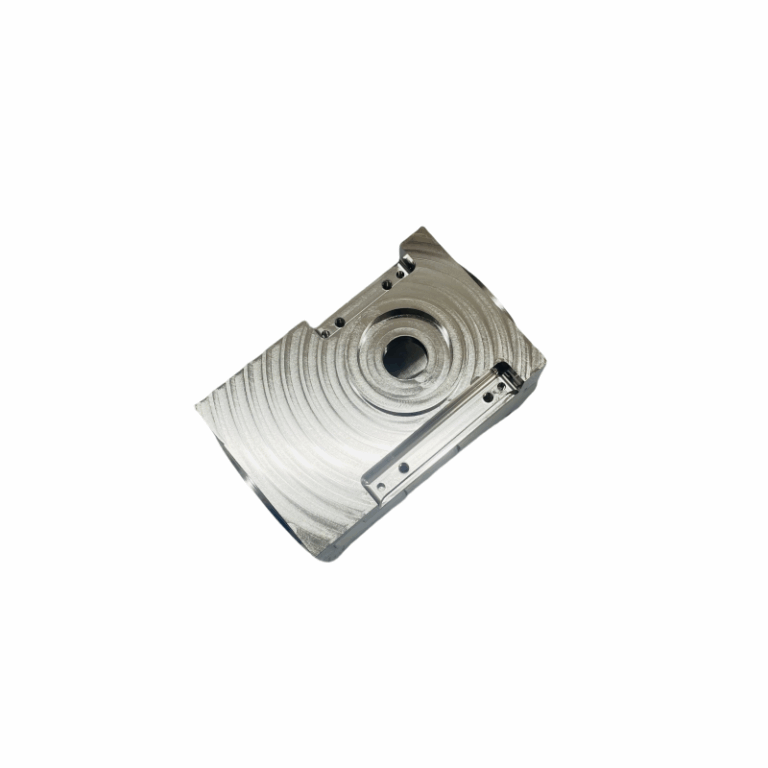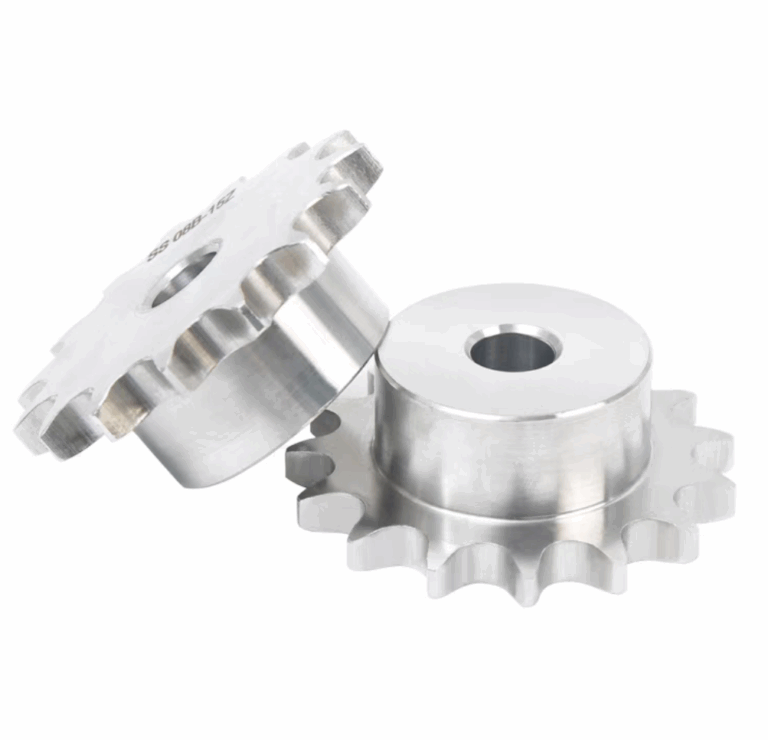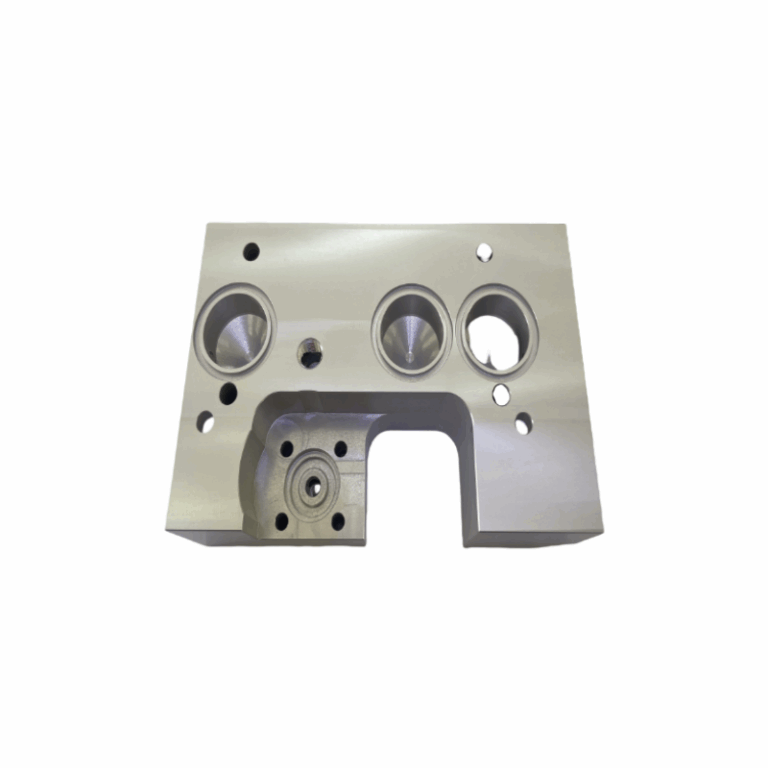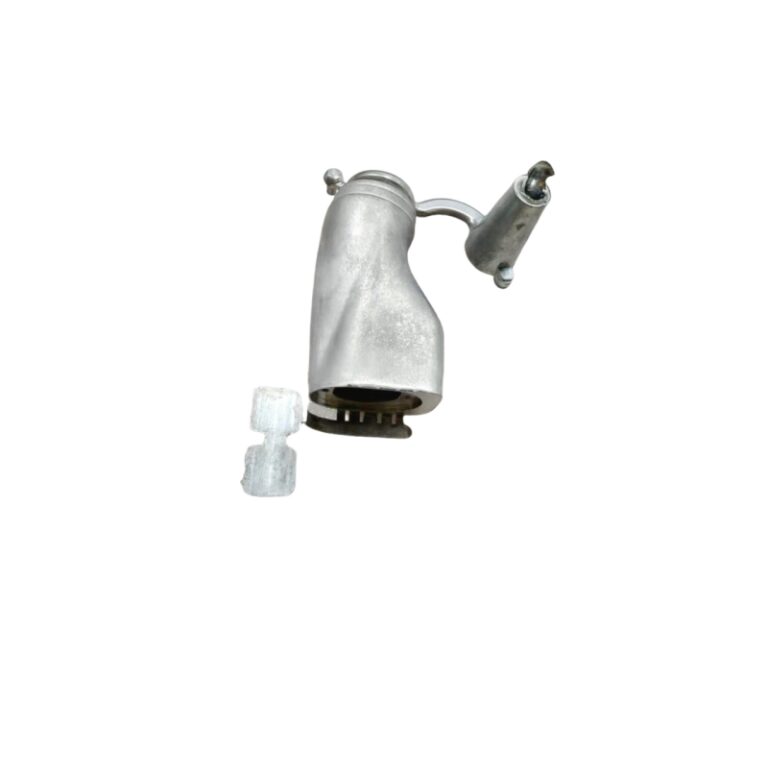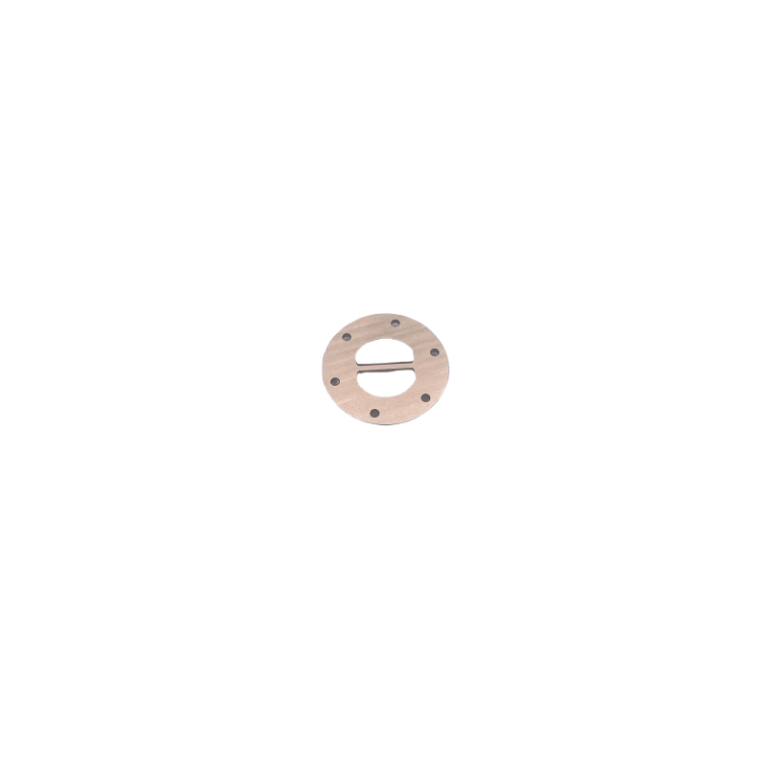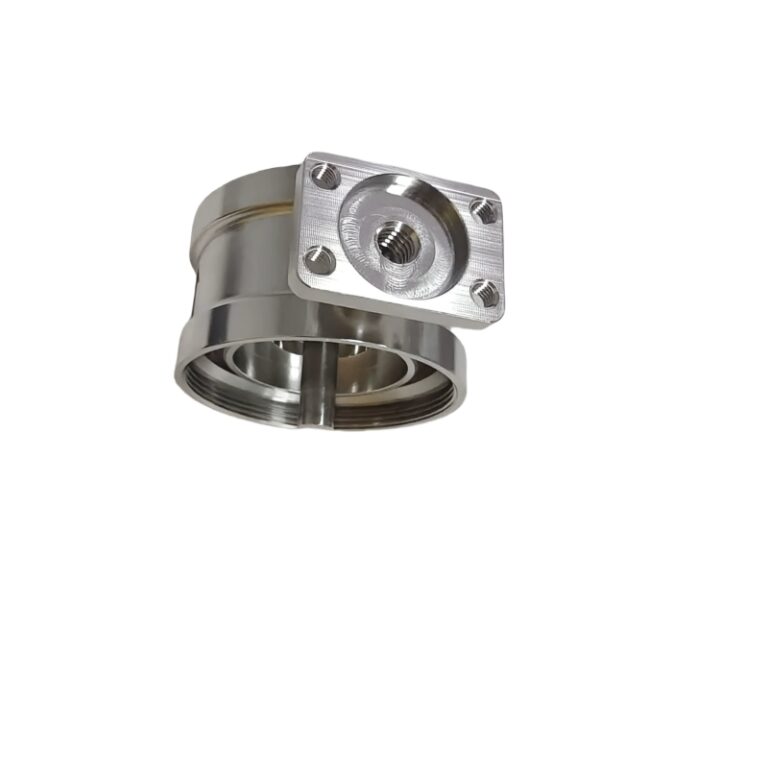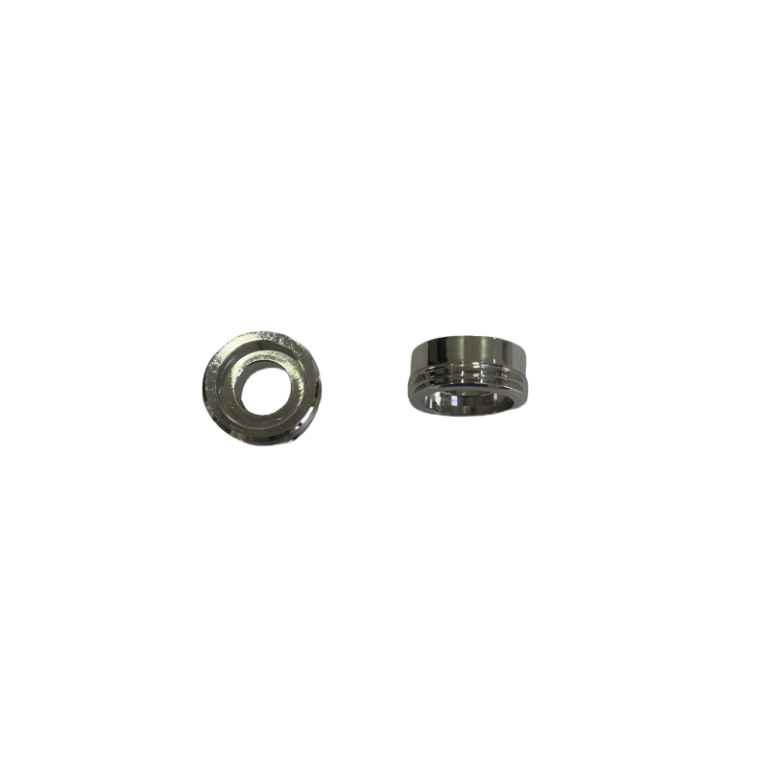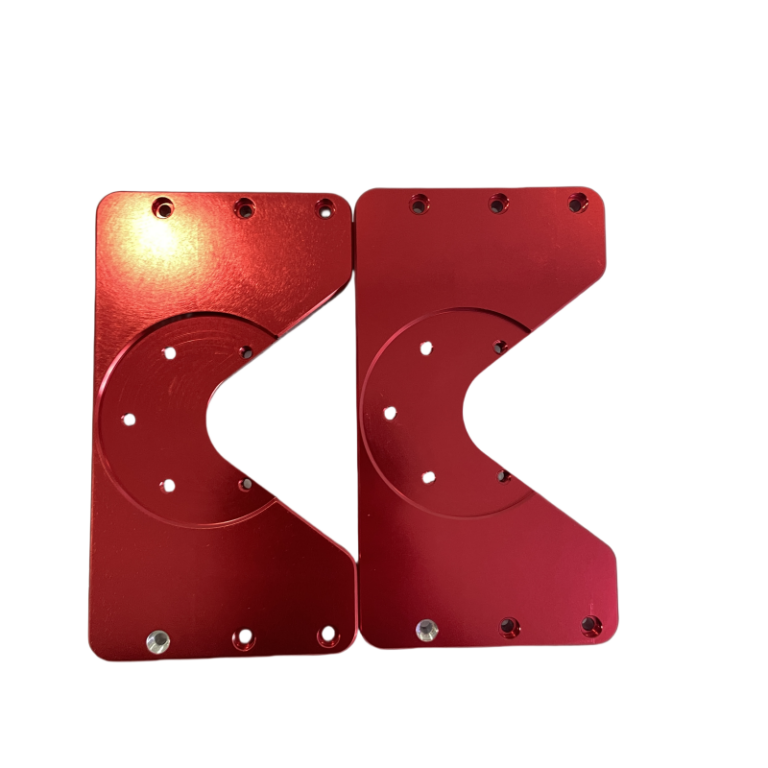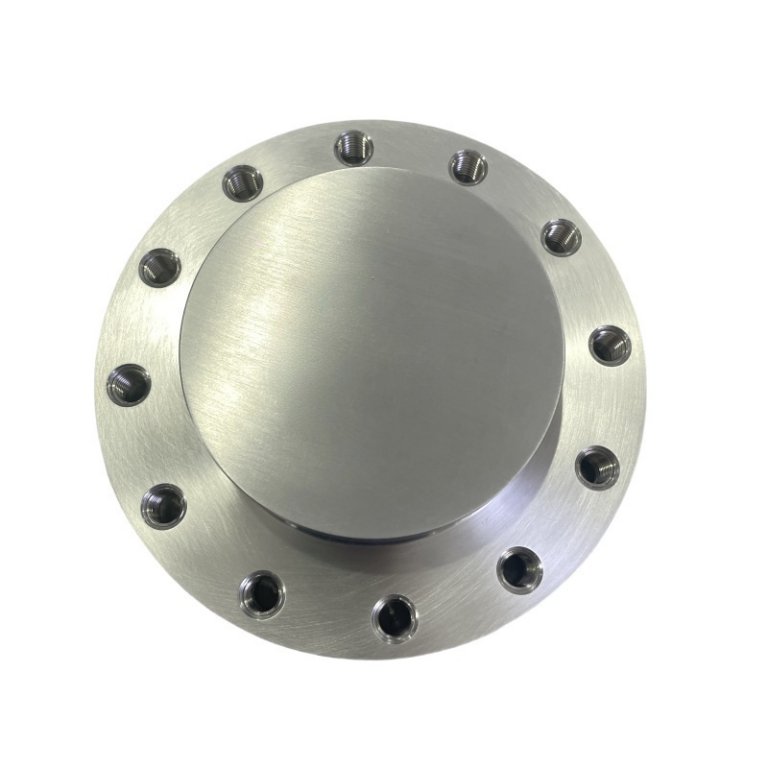In industrial manufacturing, welding is a common machining process. However, improper welding operation or material quality often causes welding defects. Welding defects not only affect the strength and tightness of welded joints, but also may lead to the failure of parts, so it is very important to understand and control welding defects. This article will detail the definition, types, causes, and remedy measures of welding defects.
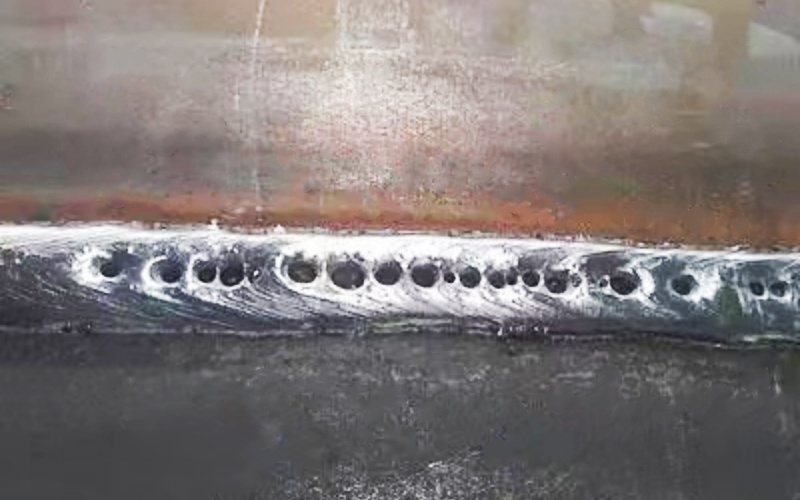
What are welding defects?
Welding defects refer to the defects formed by the welding joints during welding. Examples include air holes, residue, unproofing, non-melting, cracks, depressions, bites, and welding tumors.
What are the types of welding defects?
1. The shape and size of the outer surface do not meet the requirements.
Causes:
- Wrong angle of weld groove.
- Uneven assembly clearance.
- The welding current is too large or too small, and the speed of the transportation is too fast or too slow.
Remedies:
- Select the appropriate bevel angle.
- Plip the welding parts according to the standard requirements, and keep the gap evenly.
- Appropriately grasped the welding speed, and adopted the appropriate movement method and angle.
2. Welding crack
Causes:
- The local heating and cooling of the welding area, which produces stress that exceeds the strength limit of the welding material, will produce cracks.
- Excessive oxygen content in the environment increases the contraction of the welding joint.
- The vibration during the welding process changes the grain structure in the joint, affecting the performance of the welding material.
Remedies:
- Reasonably select welding current, welding voltage welding speed, etc.
- Control the welding environment and reduce the oxygen content in the welding environment.
- Select the appropriate material according to the requirements.
3. Pores
Causes:
- Electrode or flux exposed to moisture, electrode coating cracking, falling off, deterioration.
- Water, oil, rust, and other dirt on the surface of the welded parts, under the high temperature of the arc, carbon monoxide, hydrogen, water vapor, etc. The carbon dioxide gas pores and hydrogen pores are often formed after entering the melting pond.
- The welding current is low or the welding speed is too fast.
Remedies:
- Before welding, be sure to dry the bench or welds according to the prescribed temperature and time, and use it to take it.
- Seriously clean up the slopes and sides to remove oxides, oils, water, etc.
- Select the right welding specification and shorten the time for extinguishing arcs.
4. Slag inclusion
Causes:
- The electrode cover is damp, cracked, or deteriorated.
- The welding current is too small, and the molten metal and slag have poor liquidity.
- The Angle of the electrode and the method of transporting the electrode are inappropriate.
Remedies:
- Carefully clear the residue between the rust skin and the welding layer.
- Select with good craftsmanship.
- Select the appropriate hauling Angle.
5. Not welding
Causes:
- The bevel angle is too small, the blunt edge is too large, and the assembly gap is small or misalignment.
- The welding current is small, and the welding speed is too fast.
- The magnetic polarization of the arc causes the heat energy to disperse.
Remedies:
- Select the appropriate groove angle, assembly clearance, and blunt edge size, and prevent misalignment.
- Select the appropriate welding current, the diameter of the box, and the angle of the fold should be appropriate.
- Master the correct welding operation method and be skilled.
6. Not fuse
Causes:
- The current is unstable, and the arc is bl
- The welding current is too large, and the stripes are melted too quickly.
Remedies:
- The tilt angle of the welding strip or welding torch should be appropriate.
- Use a slightly larger welding current or flame energy rate.
7. Bite edge
Causes:
- The welding current is too large, the arc is too long, the rod angle is not appropriate, and the weld position is not equal.
- The arc pauses on both sides of the weld, and the liquid metal fails to fill the melting pond.
Remedies:
- Select the appropriate welding current, move the strip angle, and perform short arc operations.
- The box swings to the edge of the wound and the arc is stopped slightly. The operation should be proficient and smooth.
8 . Tungsten inclusion
Cause:
When hand-handed arc welding, tungsten is strong, and tungsten extreme parts melt and evaporate, or because tungsten poles are in contact with welding, tungsten transitions to the weld.
Remedy:
Select tungsten poles with appropriate diameter, and cooperate with the appropriate current to protect the tungsten extremist reliably to prevent tungsten pole from burning, use short arc operations, and timely grind the tungsten extremist part in time.
9 . Beads
Causes:
- Melving metal was not fully covered or protected before solidification, resulting in some melting metals splashed outside the weld.
- Brubids in welded materials, such as oxides, nitride sulfides, etc.
Remedies:
- Select the right welding specification and strictly implement the welding operation regulations.
- Carefully clean up the scum, melting droplets, and splashes on the surface of the original welding seam.
10. Sunken
Causes:
- The gap between the assembly is too large, and the blunt edges are small.
- The diameter or welding current of the benchmark is large, and the angle of the fold is improper.
Remedies:
- Choose the appropriate hindrance blunt edge, angle, and gap.
- Strictly control the arc heating time of the breakdown and the angle.
11. Full overflow
Causes:
The dirt on the edge of the slopes is not cleaned, the welding current is too large, the metal of the welding strip is melted, and the metal-metal of the mother material has not been fully melted, and it is easy to produce full overflow.
Remedies:
Use suitable welding to standardize welding. Clean up the slopes and the surface nearby before welding.
12. Welding tumor
Causes:
- The dull edge is thin, the gap is large, and the size of the melting hole is large.
- The welding current is too large, arc combustion during breakdown welding, and heating time is long, resulting in increased weld pool temperature. Welding nodules formed when liquid metal falls due to its gravity during the increase of molten pool volume.
- A stile welding wire or welding torch angle is not appropriate.
Remedies:
- Select the appropriate blunt edge size and assembly gap.
- Choose a reasonable welding specification. The heating time of the breakdown and welding arc must not be too long.
13. Arc pit
Causes:
The quenching time is too short, or the welding is suddenly interrupted, the welding current is too large when the sheet is welding, and the “stop” button is not pressed in two steps when the submerged arc welding is done.
Remedies:
The end of the weld should be stopped at the arc for a short time or made several circular bars in order to continue to fill a certain amount of melting metal. When buried arc welding, press the “Stop” button twice (stop sending the wire first, then cut off the power). The important structure should be set up and the arc is off.
14. Arc Bad
Cause:
During arc welding, the local injury (arc marks) caused by the arc or hitting arcs on the mother material outside the slopes is called the arc scam.
Remedy:
To ensure that the secondary lines of the welding are good, the welder operation should be proficient and accurate.
15. Burn through
Cause:
The welding current is too large, the welding speed is too slow, the a gap between the slopes.
Remedy:
Select the appropriate welding current, groove Angle, and assembly clearance.
16. Overburning
Cause:
The welding speed is too slow, and the torch stays somewhere for too long. The welding operator operation method is not proficient.
Remedy:
The welding speed is faster, and the torch stay is as balanced as possible.
Conclusion
In a word, welding defects are caused by multiple factors. The key to successful welding and avoiding common welding defects depends on the correct assembly and material preparation. DMTC provides trusted sheet metal processing services. Our important facilities and strict quality inspection procedures ensure that we produce high-quality welding parts. We also have a group of professional and technical personnel to ensure that the appropriate materials and technologies are used to create components that meet your specifications. Contact us! Let’s start your project today!

